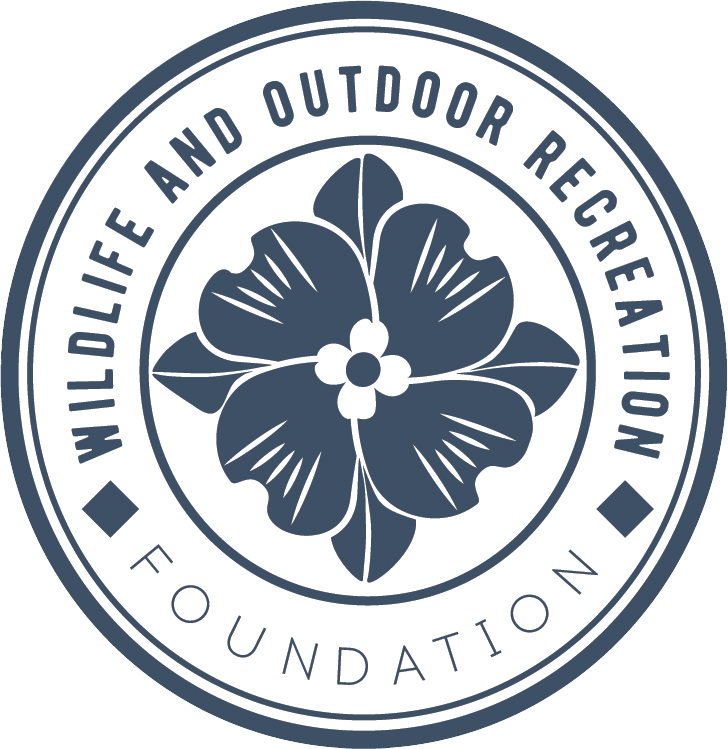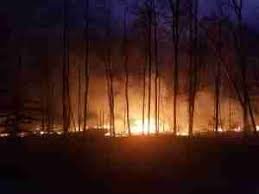Wildlife and its habitat play critical roles in the ecosystem, even needing fire to encourage the release of seeds from certain plants and trees to promote reproduction and germination. Efforts to promote these types of activities are called prescribed fire burns, which are highly controlled burn situations, focused for specific purposes such as release of seeds.
A prescribed fire is an intentional burning of vegetation conducted under strict and specific circumstances. It is a cost-effective tool that used to create and maintain suitable and ample wildlife habitat in old fields, native grasslands and open-canopy woodlands on game lands throughout the state. Wildlife foresters, technicians and biologists conduct a majority of prescribed fires, also called controlled burns, between January and March when trees are less active metabolically. They continue some fires into spring and summer because warm season burning provides for better control of young hardwoods, which will re-sprout from the base if repeated fires are not conducted.
Prescribed Fire
Prescribe fires encourage production of native grasses and herbaceous vegetation, which provides valuable food and cover for a wide variety of wildlife species. Animals like deer browse on groundcover. Quail and songbirds utilize seed produced by native plants.
Damaging Wildfires
Improperly extinguished campfires is among one of the causes of wildfires that destroys thousands of acres of wildlife habitat and native plants.
Unfortunately, wildfires occur and destroy vast amounts of habitat. A wildfire, unlike prescribed fires, are uncontrolled fires that leave devastating results in their path. These fires displace and kill wildlife, destroys native vegetation, and contaminates the land, water, and air. It can take an ecosystem up to 80 years to recover from the devastation left from a wildfire.



